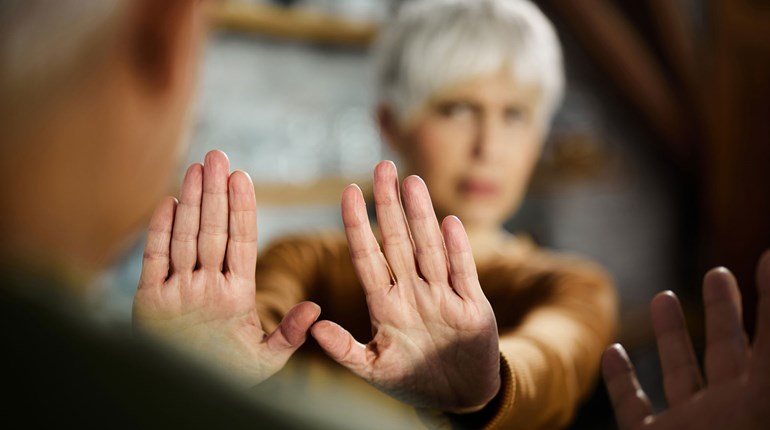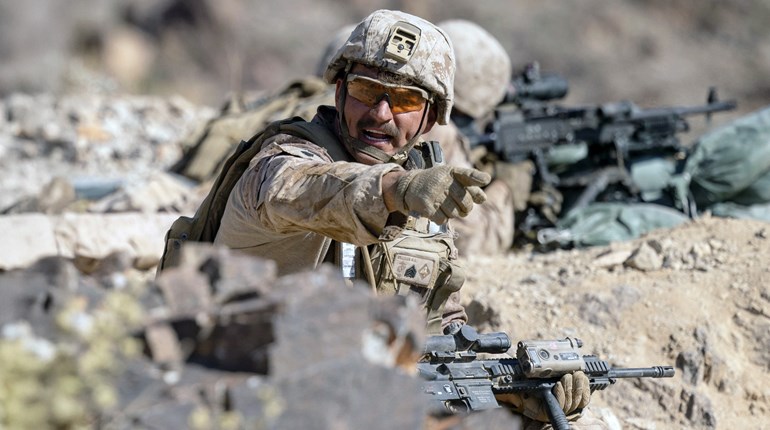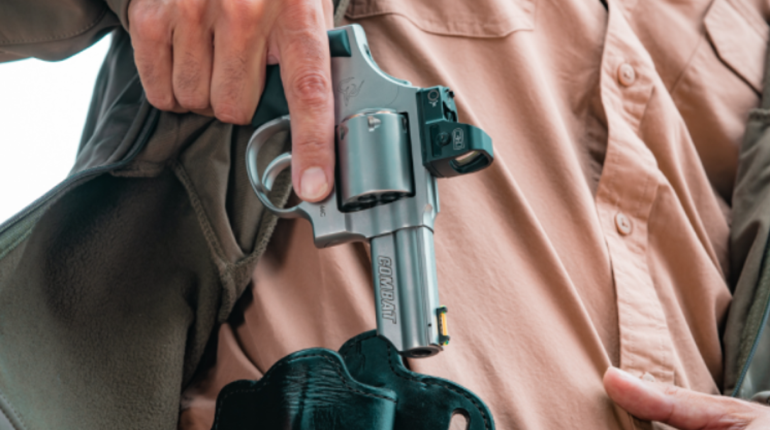
“There’s safety in numbers” is the unofficial motto at the heart of all advice for women interested in self-defense. Unfortunately, there’s a sad psychological reality related to crowds and violence, and that reality is known as “the bystander effect.” The bystander effect is the reason that motto should actually read, “There’s safety in numbers, if those numbers are composed of people who know you.” If they aren’t, then the number of people around you may not matter at all.
The concept of the bystander effect first came to light over 50 years ago, when a young woman named Kitty Genovese was murdered in public in front of dozens of witnesses, most of whom did nothing to help her. (Early reporting did exaggerate the bystanders’ apathy, but it appears that only two people actually tried to summon the police; nobody else intervened in any way.)
Since then, behavioral scientists have reproduced the Genovese effect over and over. The math works out this way: The more strangers you have around you, the less likely any single one of them is to intervene should you need help.
There are a lot of reasons for this, and some of them are perfectly understandable. For example, most self-defense experts caution armed citizens against intervening when a stranger is attacked. That’s because unless you personally know the situation, it’s easy to become confused about who the “good guys” and who the “bad guys” are. Not only would you be putting yourself in physical danger, but you’d also be risking legal trouble if you get it wrong. As Sheriff Jim Wilson points out, “It makes far better sense to spend the time until help arrives by being the best witness you can possibly be. Since a cell phone is a critical part of your defensive gear, be the one who called 911. But you can also take photos and videos of the incident.”
Human nature being what it is, there are less savory reasons for the bystander effect. One is called “diffusion of responsibility.” When there are 50 people present, who is to say who’s responsible for helping this stranger who is being attacked or menaced? It’s as if everyone is waiting for some leader or chieftain to give the order.
There’s a way to break through that inertia, if you have the presence of mind in the moment. What you should do if you find yourself all alone in a crowd and urgently needing help is choose someone who is watching. Make eye contact—point if you can—and ask them specifically for help. The responsibility is no longer diffused; it’s on one person. Even if they cannot (or will not) help, a direct appeal should be enough to shatter the “Somebody Else’s Problem” forcefield.
There’s another natural, human (and disheartening) reason for the bystander effect. In a stressful situation, the human mind goes directly to preservation of the self, not of the stranger. This is doubly true if the observer isn’t able to clearly see the victim’s face, or if they can only hear the altercation. In order to break through the inertia of observation, the observer has to believe that they, too, are in danger. That’s why, when I was a little girl, my mother always told me: “If you get in trouble and someone is trying to hurt you, don’t yell ‘help.’ Yell ‘fire’.” That’s a lesson I still remember now, as an adult. Although these days, I prefer to have the option of using actual firepower to save my own life in addition to yelling about it.















































